https://www.lifegate.it/verdure-autunnali
- |
Autumn offers a large quantity of vegetables rich in taste and nutrients. Consume autumn vegetables in season, in their natural maturation period, allows us to grasp even more of their taste and i nutritional principles.In the next lines we will present some of the many varieties available in nature.We will discover their secrets and gastronomic possibilities, also learning to respect their freshness to take full advantage of their organoleptic properties and benefits for our health.
Some autumn vegetables
Pumpkin
There pumpkin it is the fruit of the plant Curcubita maxima, pepo or muscat.Originally from America, it was brought to Europe in the 16th century.Pumpkin is a low-calorie food 18 kcal per 100 g of product.Fats and proteins are practically absent.As its bright orange color suggests, it is a source of carotenes but also of vitamin C. There is no shortage of mineral salts, including phosphorus, magnesium and potassium.
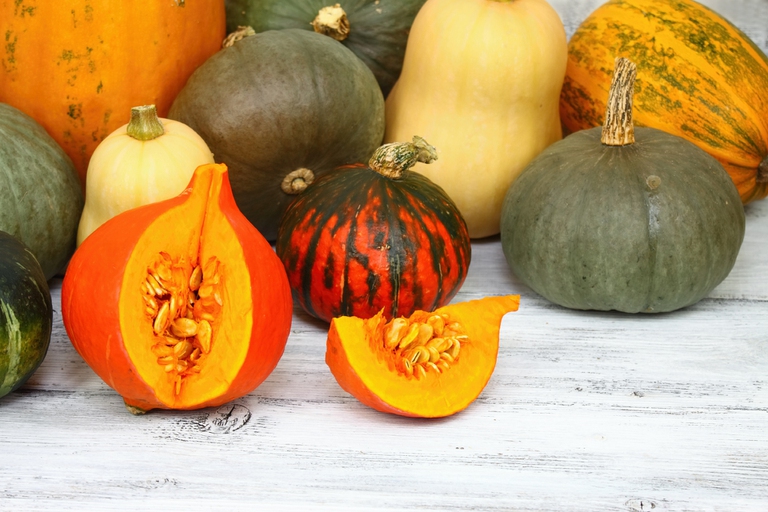
The more or less thick peel, the compact bright orange pulp and the seeds:everything is eaten (yes, in certain varieties, such as Hokkaido, even the peel).There sweetness of its pulp makes it present in many preparations from appetizers to desserts, from ravioli to sweet or savory pies.Among the thousand inspirations it offers in the kitchen we love to remember it in a velvety soup accompanied by chestnuts or mushrooms, but also in risotto or au gratin in the oven with butter and cheese.
Mushrooms
Strange beings i mushrooms, halfway between the animal and vegetable kingdoms.They reproduce via spores in a humid and shady environment, such as undergrowth, especially between late summer and early autumn.There are 38 thousand species, many inedible.For this reason, in the case of foraging (collected in nature) it is important to know their characteristics edibility to avoid dangerous accidents, even lethal ones.
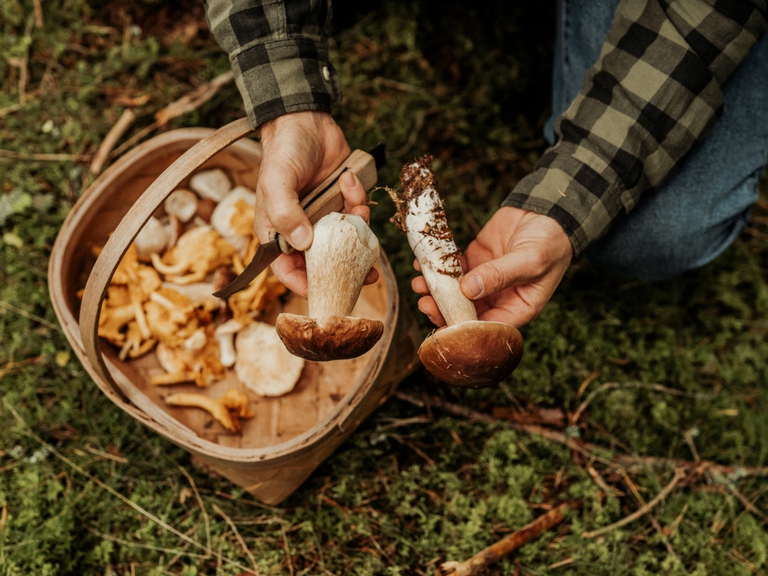
They are 90 percent composed of water, then mineral salts, B vitamins And folates.The presence of antioxidants makes them allies against cardiovascular diseases.No fat and low calorie intake.
In the kitchen they are excellent in risottos, but to fully savor their taste they are delicious eaten raw (if very fresh) or grilled on the griddle, but also browned in a pan with garlic and parsley (excellent combined with polenta).
Radish
The radish love the Freddo.It is part of the salads that enrich autumn and winter and that the low temperatures make crunchy.There is red or variegated.Between the red:uniform and brightly colored Treviso radicchio;the long-leaf Rosso di Verona and the "ball" one from Chioggia.Between the variegated:the Castelfranco radicchio, with a yellow head streaked with red and the spherical Chioggia with greenish and yellow leaves streaked with red.They are rich in mineral salts, they have properties purifying and aid digestion.
They are savored in the kitchen raw and cooked.In a salad with radicchio, pears, walnuts and blue cheese they give freshness and crunchiness.In the risotto with smoked scamorza they are warm and welcoming.Then with mushrooms, gorgonzola and walnuts they create a delicious savory pie.But also Trevigiana leaves baked or sautéed in a pan with a drop of oil are a perfect side dish to accompany meats and cheeses.
Savoy cabbage
Belonging to the family of Brassicaceae or Cruciferous, together with broccoli and many other cabbages (head, Chinese, black, etc.), the savoy cabbage, early and late, is a cabbage with compound leaves forming a rosette to form a compact ball.In autumn and winter it is cultivated in Southern Italy, Trentino, Veneto and Emilia Romagna in different varieties that resist the cold.
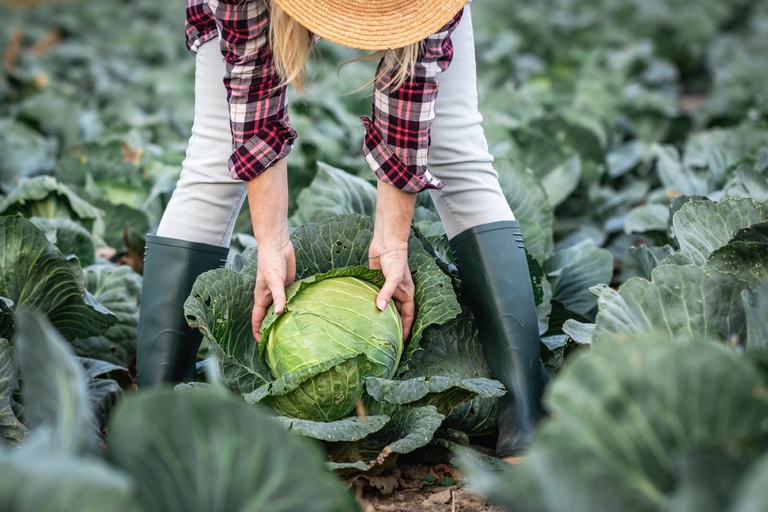
Contains carbohydrates, proteins and lots of vitamin A, C and K, but also mineral salts such as phosphorus, potassium, iron and copper.It is an important companion in autumn and winter cooking for sauces and more.
Some of the typical dishes starring cabbage are some Lombard classics like i pizzoccheri Valtellinesi (buckwheat pasta cooked with cabbage and potatoes, then topped with casera cheese and plenty of butter), or the cassoeula:the frozen cabbage (which has encountered the first frosts) stewed and flavored with various cuts of pork.And then the rolls with stuffed cabbage leaves.How to avoid the cabbage smell of cooking?With a few bay leaves in the pot or some vinegar.Even a potato or a slice of bread soaked in vinegar on the lid can help.In extremis, after cooking, boil water and bay leaves or water and vinegar in a saucepan.
Fennel
The fennel it is a perennial or biennial herbaceous plant that can reach two meters in height.It's a vegetable of which all is consumed:seeds, flowers, leaves and above all the lump, the pulpy and almost white heart of fennel which is actually a leaf sheath that develops in contact with the ground.Made up of 90 percent water, fennel is rich in mineral salts And fibers which allow him a good satiating power.It also helps detoxify the liver and it is anti-inflammatory, thanks to vitamin C.
Its taste is sweet and very aromatic, with a note reminiscent of anise.Fennel can also be eaten raw or cooked.Raw and very fresh, it is perfect for dip, flavours salads or it is the protagonist accompanied by olives and oranges.On the stove it can be boiled, cooked steam or stewed to accompany meat and fish.And then in oven:au gratin with butter and cheese or breadcrumbs and bechamel and truly a delicacy for adults and children.
Turnip
Countless varieties are cultivated.In botany it is called Brassica rapa subsp (subspecies) turnip, and belongs to the Brassicaceae family.Among them the common turnip (grown for the root), rapeseed or rapeseed and turnip tops.The latter are not the leaves of the common turnip, but the edible part - stem and flowers still closed, also known as broccoli or broccoli - of the "sylvestris" subspecies.
Of the common turnip, however, it is mainly consumed globose root, fleshy and spongy, purplish-white in color and sweet in taste.The important presence of cellulose makes it difficult to digest, but it is rich in nutritional properties, including vitamins A and C, beta-carotene And antioxidants.It also satisfies the appetite by providing few calories, about 36 per 100 g of turnip, with 20 percent protein, 80 percent carbohydrates and zero fat.
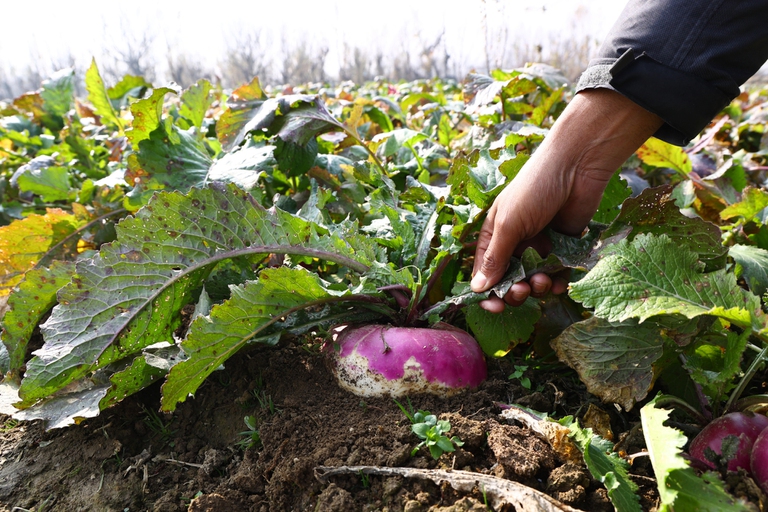
Of the turnip, you can also consume the stewed leaves (almost like real turnip greens).The turnip root, on the other hand, is always eaten stewed, as a side dish.It is surprising in soup, perhaps with pumpkin and potatoes, but also with rice and leeks.
Celery
The celery it's a vegetable of the family of Umbelliferae.There are three varieties:The ribbed celery, The celeriac and that for cutting.Ribbed celery can be white (less aromatic), or green (smaller but with an intense and aromatic flavour).Celeriac is celery, not a turnip.It is a vegetable grown for its globose and lumpy root."Cutting" celery, on the other hand, is cultivated for its tender and aromatic leaves.The health benefits of celery have been known since ancient times when it was used as a medicinal plant.Contains few calories (20 per 100 g of product) and lots of water;it is a source of potassium And vitamin A.Rich in fibers, celery helps reduce triglycerides and cholesterol.Sedanin, a stimulating aromatic substance, helps digestion.Consumed fresh and raw it has great power diuretic, a detoxifying capacity that makes it a precious ally against inflammation.In the kitchen we don't just use it in sautés.Fresh and raw enriches the salads perhaps with apples and almonds, in the pan It offers an aromatic side dish with a delicate taste, flavored with parmesan.
Also gratinated baked with cheese or bechamel it becomes a light and tasty dish, or in velvety, with potatoes and a sprinkling of chilli pepper for an extra appetizing pinch.
Leeks
The leek it is a versatile vegetable rich in virtues detoxifying, of which nothing is wasted.Its botanical name is Allium porrum, belongs to the Liliaceae family, to the Allium genus, like onion, garlic, shallots and chives, of which it can be a delicate alternative.His sweet taste And delicate makes it suitable for the most tender palates.There are different varieties of leek, obtained thanks to some crosses.They are distinguished according to the production period, between autumnal (harvested in October), more tender and with an elongated bulb, winter, hard and tasty, with a short and stocky bulb (harvested from November to March). Summer, which is harvested in June.It is rich in fiber and minerals, but low in protein and almost fat-free.The rich presence of folic acid, makes it friendly to female diets.It is then blandly laxative And diuretic.Leek is truly an anti-waste vegetable.The tougher green leaves, for example, can be boiled to make them soft and used for a vegetarian millefeuille.The light, fresh and crunchy heart gives flavour salads and offers all its nutritional properties.Leeks are also very tasty au gratin baked or roasted on the grill, but also in soups And velvety, perhaps accompanied by pumpkin or chickpeas.
Benefits of consuming seasonal vegetables
Take advantage of the seasonal vegetables and consume it during the period of maturation, respecting the territoriality of the product, it is important to help comply with the sustainability of crops, thus reducing the use of chemical products and pollution due to the transport of products to the consumer.Fall vegetables are no exception.But i advantages they are bigger precisely for ours Health.In fact, during the ripening period, vegetables are richer in flavor and nutrients.
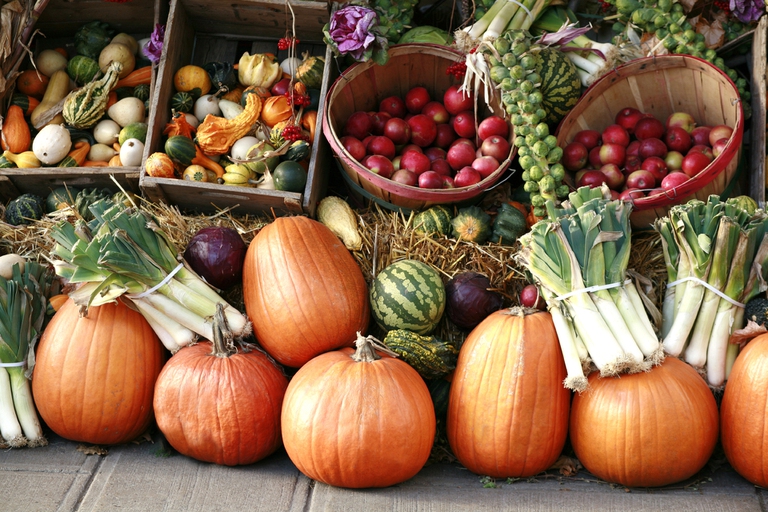
Not only that.By respecting the natural ripening cycle of vegetables we have the possibility of vary your diet in a more balanced way, also rediscovering forgotten vegetables or discovering new, less common ones.The advantage it is also economic.In fact, first fruits and exotic varieties require considerable transport costs which have a significant impact on the final cost of the product.
How to preserve autumn vegetables
As with all vegetables, keep Fresh autumn vegetables require some important attention.By following small habits it is thus possible maintain the rich nutritional properties for longer.We start by placing the vegetables in the right areas of the refrigerator, i.e. the less cold ones, to prevent the formation of ice.Better to avoid the use of bags of plastic (they favor the formation of condensation), replacing them with those of paper, eco-sustainable and supporters of air circulation.In certain cases, such as celery or artichokes, it is possible to put the vegetables in a container vase with fresh water, just like flowers.
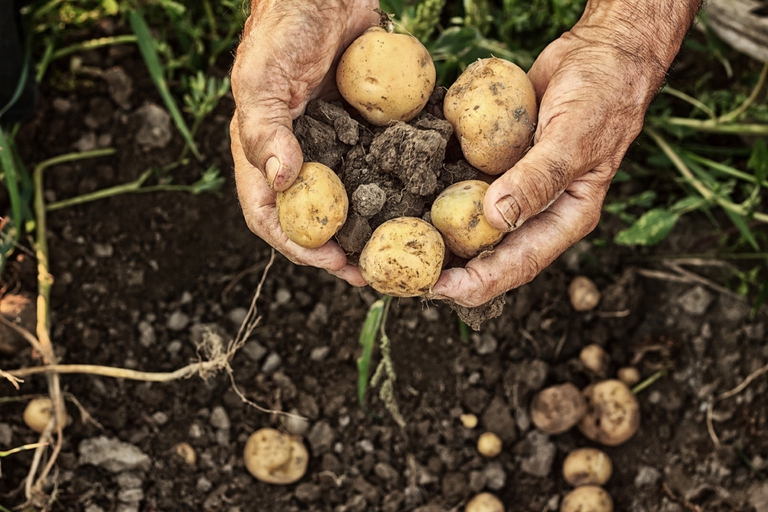
Freeze vegetables are an anti-waste idea that helps safeguard good levels of vitamins, minerals and antioxidants.Be careful though, because the vegetables must be fresh.It should be washed, dried, cleaned (eliminating the inedible or damaged parts) and cut according to the intended use.Finally placed in hermetically sealed bags or containers and placed in the freezer.The important thing is temperature of the freezer:the lower it is, the longer the storage period will be.At -18°C (or lower) the vegetables can last up to six months.
Conclusion
From this concise overview of autumn vegetables we can deduce theabundance of what nature offers in this period.It is essential to respect the seasonality and the freshness of these vegetables to enjoy the many nutritional properties but also to respect the environment and spend less.Then let yourself be enticed by the culinary suggestions we have proposed, but always try to invent something new by experimenting with your creativity in the kitchen.
